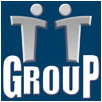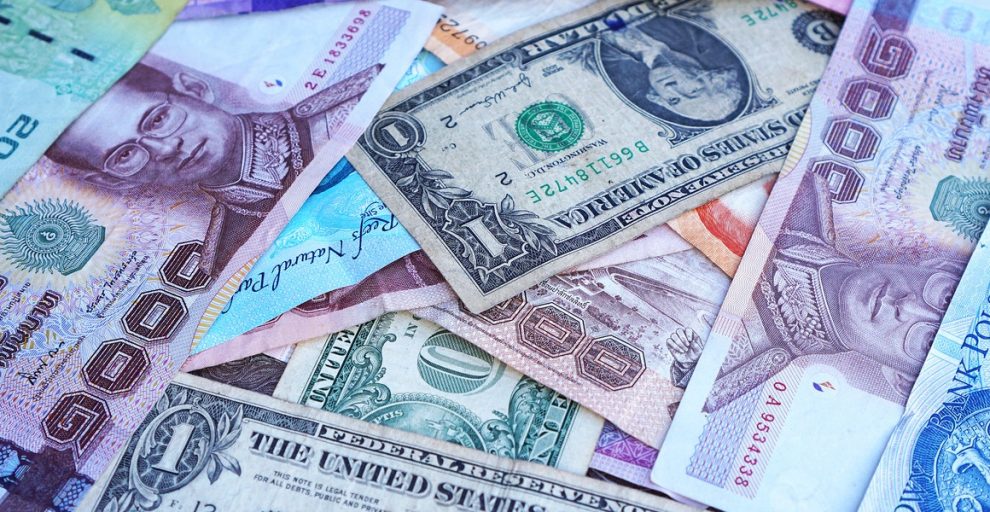Exchange daily course between Japanese Yen (JPY) and USA Dollars (USD) is given on this page.
In first drop down menu choose Japanese Yen (JPY). In second choose USA Dollar (USD). If you enter 1 Japanese Yen (JPY) for example, you will receive its equivalent in USA Dollars (USD), Euros, turkish Liras, Dinars, Rubles etc.
You can enter any arbitrary amount of currencies below. Rates are updated daily by Swiss National Bank.
Date: Wednesday 24th of April 2024 08:00:40 AM
You can also convert USA Dollars to Japanese Yen (JPY). Insert values of Yens or Dollars, find than opposite values for Dollars, Ruble or Euros, in second row and automatically you will get calculated value of another banknotes. The currency data are updated daily. We hope that ratio will be optimal for your business. Enjoy in work and calculations!
The yen – currency of Japan
The yen (sign: ¥; code: JPY) is the currency of Japan. It is the third most-traded currency in the foreign exchange market after United States dollar and the euro. It is also widely used as a reserve currency after the U.S. dollar, the euro and the pound sterling. As is common when counting in East Asia, large quantities of yen are often counted in multiples of 10,000 (man, 万) in the same way as values in Western countries are often quoted in thousands. To compare the price of Japanese Yen (JPY) to other currencies you can use the following currency converter.
Example of Japanese Yen (JPY)
Banknotes of Japanese Yen (JPY)
The issuance of the yen banknotes began in 1872, two years after the currency was introduced. Throughout its history, the denominations have ranged from 10 yen to 10000 yen.
Before and during World War II , various bodies issued banknotes in yen, such as the Ministry of Finance and the Imperial Japanese National Bank. The Allied forces also issued some notes shortly after the war. Since then, the Bank of Japan has been the exclusive note issuing authority. The bank has issued five series after World War II. Series E, the current series, consists of ¥1000, ¥2000, ¥5000, and ¥10,000.
Economy of Japan
The economy of Japan is the second largest economy in the world, after the United States at around US$5 trillion in terms of nominal GDP and third after the United States and People’s Republic of China when adjusted for purchasing power parity.The workers of Japan rank 18th in the world in GDP per hour worked as of 2006. The Big Mac Index shows that the wages in Tokyo are the highest among principal cities in the world.
For three decades, Japan’s overall real economic growth had been high: a 10% average in the 1960s, a 5% average in the 1970s and a 4% average in the 1980s. Sliding stock and real estate prices marked the end of the “Japanese asset price bubble” of the late 1980s, and ushered in a decade of stagnant economic growth. These problems may have been exacerbated by domestic policies intended to wring speculative excesses from the stock and real estate markets. Real GDP in Japan grew at an average of roughly 1.5% yearly between 1991-1999, compared to growth in the 1980s of about 4% per year.
Growth in Japan throughout the 1990s was slower than growth in other major industrial nations, and the same as in France and Germany. Government efforts to revive economic growth have met with little success and were further hampered in 2000 to 2001 by the slowing of the global economy. However, GDP per worker has increased steadily even through the nineties, growing at 2.0% per year in 2003 and 2004, and 2.8 percent in 2005. In 2008, due to the global financial crisis, the economy of Japan was strongly hit and shrank 0.7% and is expected to shrink some 5% in 2009.
A mountainous, volcanic island country, Japan has inadequate natural resources to support its growing economy and large population. Although many kinds of minerals were extracted throughout the country, most mineral resources had to be imported in the postwar era. Local deposits of metal-bearing ores were difficult to process because they were low grade. The nation’s large and varied forest resources, which covered 70 percent of the country in the late 1980s, were not utilized extensively.
Because of the terrain, underdeveloped road network, and high percentage of young trees, domestic sources were only able to supply between 25 and 30 percent of the nation’s timber needs. Agriculture and fishing were the best developed resources, but only through years of painstaking investment and toil. The nation therefore built up the manufacturing and processing industries to convert raw materials imported from abroad. This strategy of economic development necessitated the establishment of a strong economic infrastructure to provide the needed energy, transportation, communications, and technological know-how.
Deposits of gold, magnesium, and silver meet current industrial demands, but Japan is dependent on foreign sources for many of the minerals essential to modern industry. Iron ore, copper, and bauxite must be imported, as well as many forest products.
Recommendation
-
Recommendation:
















Add Comment